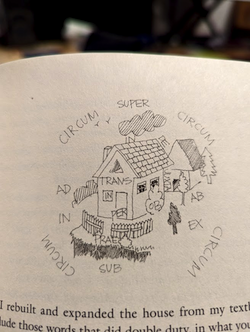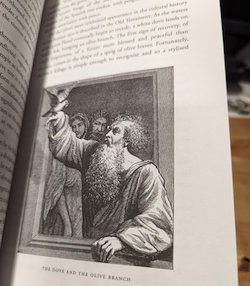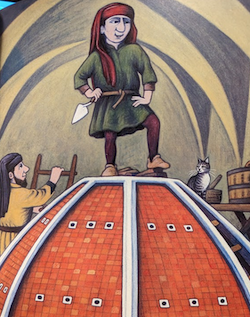The ability of humans to have hope is a remarkable thing; we live in a world where probabilities insist on things like suffering, poverty, and tragedy. It is a world where we bicker endlessly from early childhood until old age. And yet we have hope, it is fundamentally human to have that small kernel of belief that tomorrow can be better than today.
I recently read about how AI like ChatGPT hurtles us toward what was predicted by Dead Internet Theory; an online world overrun by content from bots, deep fakes, and click bait. Maggie Appleton describes this dark world eloquently:
“You thought the first page of Google was bunk before? You haven’t seen Google where SEO optimizer bros pump out billions of perfectly coherent but predictably dull informational articles for every longtail keyword combination under the sun.
Marketers, influencers, and growth hackers will set up OpenAI → Zapier
pipelines that auto-publish a relentless and impossibly banal stream of LinkedIn #MotivationMonday posts, “engaging” tweet 🧵 threads, Facebook outrage monologues, and corporate blog posts.
It goes beyond text too: video essays on YouTube, TikTok clips, podcasts, slide decks, and Instagram stories can all be generated by patchworking together ML systems. And then regurgitated for each medium.
We’re about to drown in a sea of pedestrian takes. An explosion of noise that will drown out any signal. Goodbye to finding original human insights or authentic connections under that pile of cruft.”
Maggie Appleton – The Expanding Dark Forest and Generative AI
Although evidence would show that the internet is on a dark path, hope has recently been assembling itself in piles on my desk. This hope comes in the form of books, the type of which remain beyond reach of generative AI or tech bro get rich quick schemes. The more I encounter the soul-less and generic world of content online, the more remarkable and appealing it becomes to spend my time with the type of book that defies categories in an only human kind of way.

The first book in my small pile is Anne Patty’s Living with a Dead Language: My Romance with Latin. It’s a memoir of her life in retirement and the decision she makes to embark on the journey of learning Latin. I’m drawn to it because of my own journey; I’ve been learning Latin through the adult learning programs offered by Signum University. Beyond the language it’s a book about Ann herself, observations on her own life, and a meditation of what comes after a professional life comes to an end.
The second book is The Long Long Life of Trees by Fiona Stafford. This book crisscrosses the biology of tree species and the world of literature in which trees loom large. It’s not just the prose that makes for novelty, interspersed among the pages are plant illustrations, pictures of paintings, and other miscellaneous artifacts.

I am a reader to be sure, but I’m also a book collector. Although Anne Patty and Fiona Stafford happened to be on my desk as I fretted over the specter of soul-less drivel taking over the web, I would say they are representative of the several hundred books of what I consider my personal library – any member of which maintains the characteristic of being uniquely interesting and utterly human.
The last book to give me hope is Pippo the Fool written by Tracey Fern but elevated by Pau Estrada’s stylistic illustrations. It is the story of Filippo Brunelleschi, the architect behind the dome of the Florence Cathedral.

Although it wasn’t happenstance that this book would be on my desk – I ordered it recently – it was a purchase motivated in large part by a scheme I saw online to write a children’s book in an hour with ChatGPT. Upon learning of the scheme I thought of the many books I’d read to my own kids, of the memorable ones, and of the craft authors like Fern use to turn things that are complicated – art, architecture, the human psyche – into something intuitive and appealing to kids. The book is well researched, funny, and paced to accommodate suspense as it reveals how Brunelleschi resolved a true architectural miracle.
Each of these precious books is a part of my hope – the thing with feathers – that the act of human expression cannot be supplanted. We have nuances that cannot be mimicked. Our neuroticisms cannot be emulated, only edited. The contradictions and uncertainties we carry and compound over our lifetimes are beautiful and irreducible complexity.
As the web grows darker with generic, machine-generated content, we will always have books and libraries. It conjures, for me, the contrast of a jungle with that of a garden. Gardens need not be overwrought or meticulous. They exist by human intent and, with effort, reflect the beauty of their gardener.
